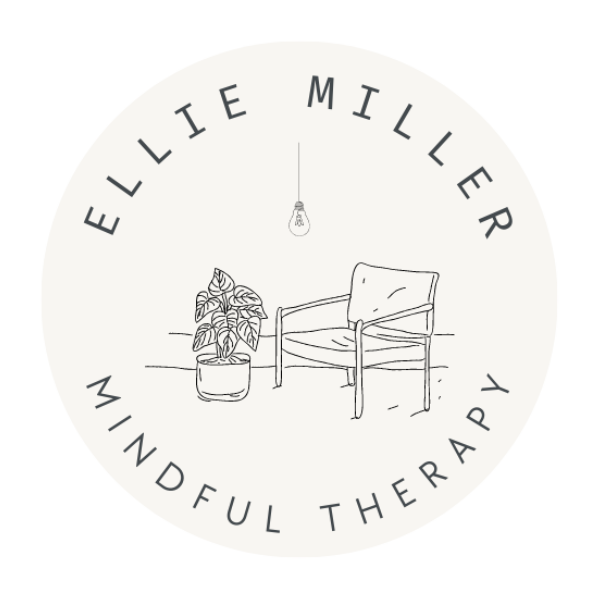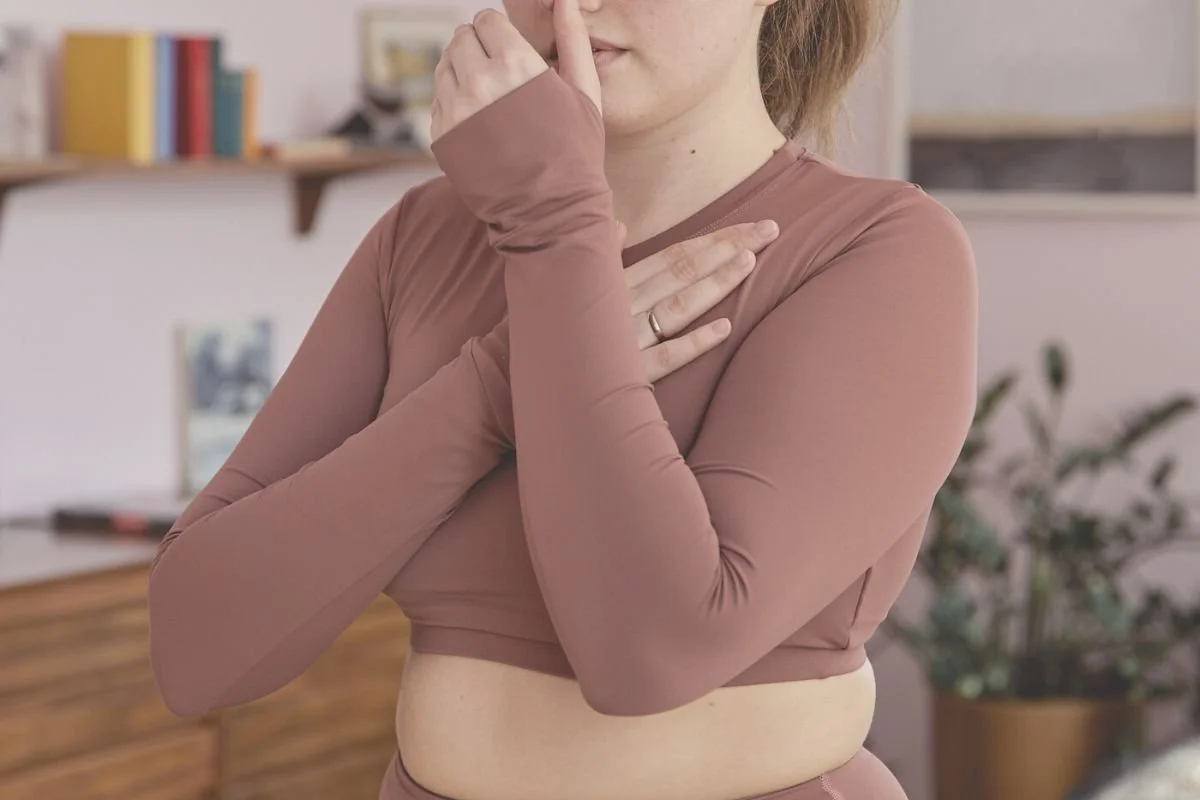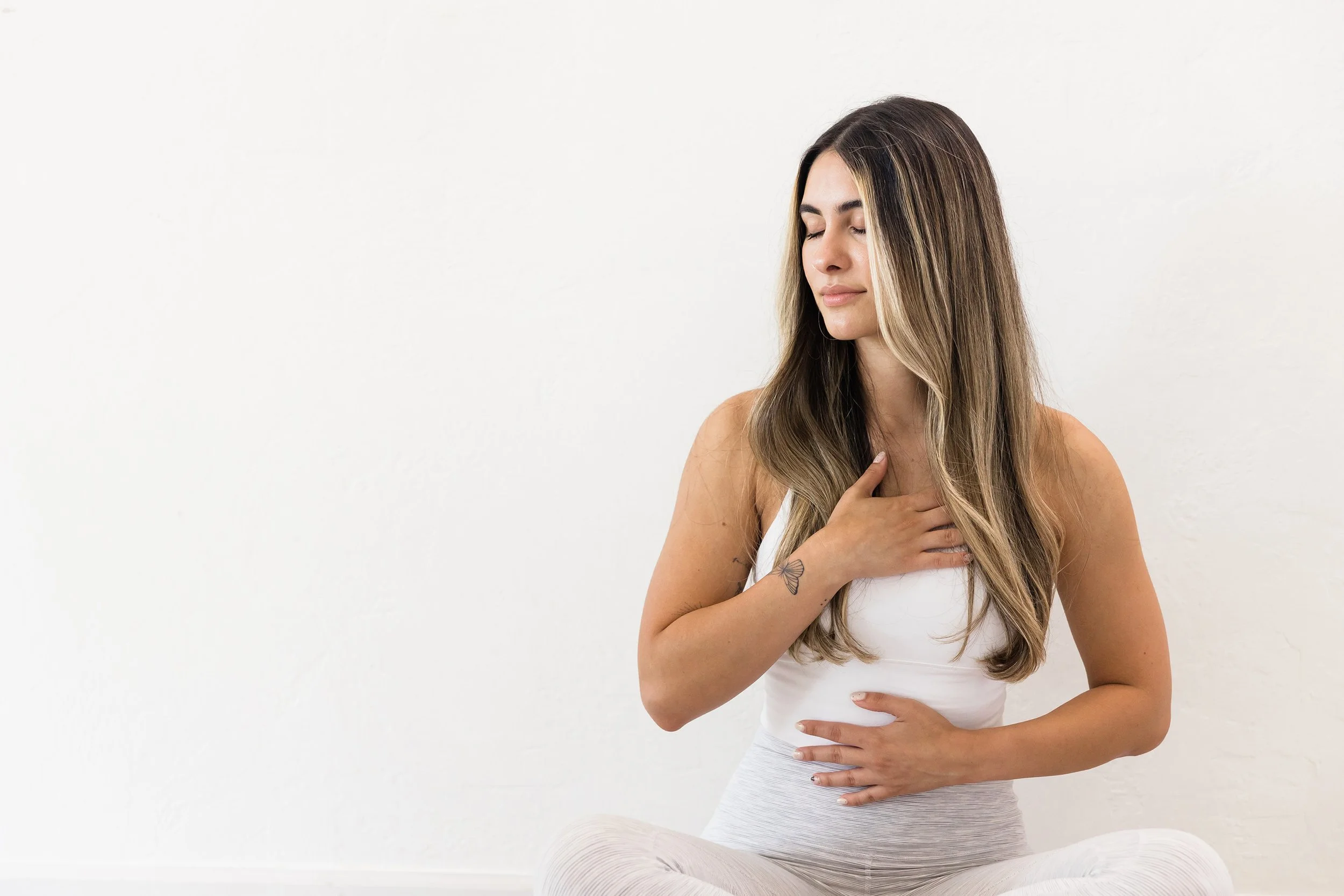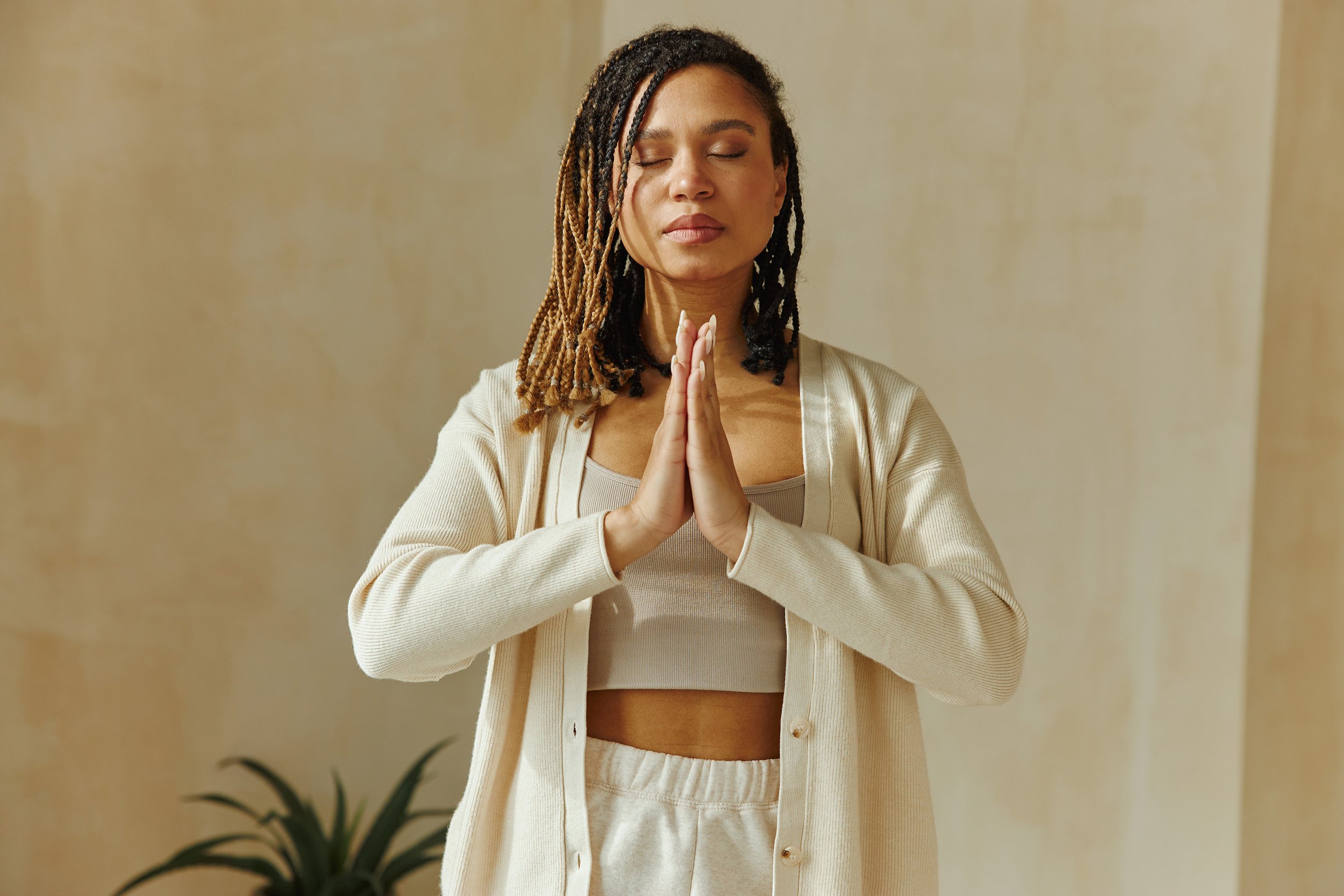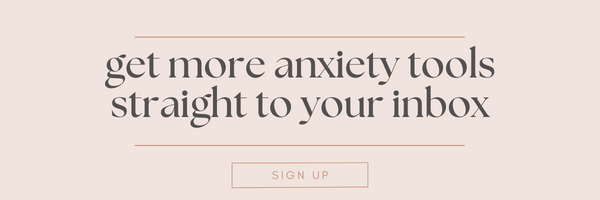10 Breathing Exercises to Ease Anxiety
Feeling overwhelmed and stressed out? Taking a few deep breaths may be just what you need to calm your nerves and find your inner chill. Breathing exercises have been used for centuries to reduce stress and anxiety, improve focus, and promote relaxation. And the best part? You can do them anytime, anywhere, without any special equipment or training.
In this post, we'll explore some simple yet effective breathing exercises that you can try right now to create a little more spaciousness and ease within. So, take a deep breath in, and pick a few to experiment with!
The Power of Slow, Deep Breathing
The answer lies in the way we breathe. When we're anxious or stressed, our body goes into "fight or flight" mode, which activates our sympathetic nervous system. This response causes our heart rate to increase, our muscles to tense up, and our breathing to become shallow and rapid.
On the other hand, when we engage in slow, deep breathing, we activate the parasympathetic nervous system, which helps counteract the "fight or flight" response. The parasympathetic nervous system is responsible for slowing down our heart rate, relaxing our muscles, and calming our mind.
By practicing breathing exercises that activate the parasympathetic nervous system, we can help regulate our body's response to stress and anxiety.
* If you find yourself getting lightheaded or dizzy with any of these, return to your normal breathing pattern and take a break.
How to Use Breathing Exercises for Anxiety
So, how can you use these breathing exercises to ease your anxiety? First, it's important to know when to use them. You can try these exercises whenever you feel anxious, stressed, or overwhelmed. It can also be helpful to incorporate them into your daily routine as a preventative measure.
When to use breathing exercises:
When you're feeling anxious or stressed
Before a big presentation or event
In moments of overwhelm or panic
When you're having trouble sleeping
Before you get up in the morning or grab your phone
During a break at work or school
How to make them a habit:
Choose one or two exercises you enjoy and feel comfortable with
Set aside a specific time each day to practice, such as in the morning or before bed
Incorporate them into your daily routine, such as during your commute or before meals
Use them as a preventative measure to manage stress and anxiety before it becomes overwhelming
Keep a reminder in a visible place, such as a sticky note on your computer or phone, to encourage daily practice
Box Breathing
Sit or stand comfortably and take a deep breath in through your nose.
Hold your breath for four seconds.
Exhale slowly through your mouth for four seconds.
Hold your breath for four seconds.
Repeat for a few minutes.
2. 4-7-8 Breathing
Place the tip of your tongue against the roof of your mouth, just behind your front teeth.
Inhale through your nose for four seconds.
Hold your breath for seven seconds.
Exhale through your mouth for eight seconds.
Repeat for a few minutes.
3. Belly Breathing
Lie on your back or sit comfortably with your hands on your stomach.
Inhale deeply through your nose, feeling your stomach rise.
Exhale through your mouth, feeling your stomach fall.
Repeat for a few minutes.
4. Finger Tracing Breath
Sit comfortably and place your hand in front of you with your palm facing up.
Trace the outline of your hand with your index finger as you inhale deeply through your nose.
Trace the outline of your hand with your middle finger as you exhale through your mouth.
Repeat for a few minutes.
5. Alternate Nostril Breathing
Close your right nostril with your right thumb.
Inhale deeply through your left nostril.
Close your left nostril with your right index finger.
Exhale through your right nostril.
Inhale through your right nostril.
Close your right nostril with your thumb.
Exhale through your left nostril.
Repeat for a few minutes.
6. Grounding Breath
Sit or stand with your feet firmly on the ground.
Imagine breathing up the energy of the earth through the soles of your feet as you inhale deeply through your nose.
Exhale through your mouth, releasing any tension or stress.
Repeat for a few minutes
7. Equal Breathing
Find a comfortable seated position with your back straight.
Inhale deeply through your nose for a count of four.
Exhale slowly through your nose for a count of four.
Repeat for several rounds, gradually increasing the length of each inhale and exhale.
Remember to keep your breath smooth and even throughout the exercise.
8. Lion's Breath
Sit comfortably with your hands on your knees.
Inhale deeply through your nose.
Exhale loudly through your mouth while sticking out your tongue and making a "ha" sound.
Repeat for a few breaths.
9. Humming Breath
Sit comfortably with your hands on your knees.
Inhale deeply through your nose.
Exhale through your nose while making a humming sound.
Repeat for a few minutes.
10. Arms Up and Down
Inhale deeply through your nose while slowly raising your arms up.
Exhale through your nose while slowly lowering your arms down.
Repeat for a few minutes.
Cases When Breathing Exercises May Not Be Helpful
A quick note on when breathing exercises may not be the go to exercise for you. For some people, mindfulness of breath can bring upon feelings of dizziness, lightheadedness, or even increased feelings of anxiety. You may also want to check in with your doctor if you're pregnant or have any other medical conditions, to make sure breathing exercises are ok for you. If any of the above is the case for you, know that there are endless other mindfulness exercises out there that could be a good fit for you.
Your Breath is Always With You.
A friendly reminder that we’re not trying to get rid of, or avoid our anxiety. We’re changing how we relate to our anxiety , and what better tool to use than one that you always have available to you!?
Breathwork can be a kind pathway to tend and care for our anxious places. So these breathing exercises are here for you to try next time your nervous system starts to get flooded by anxiety, or if you’re just looking to gather yourself a bit before diving into meditation. Play around with the different options and see what works best for you!
Hey! I’m Ellie Miller, a private practice therapist offering online therapy to empathetic women & couples in Maryland, DC and Virginia. I help women manage anxiety & stress and helping couples strengthen their relationships.
Check out my website to grab your anxiety relief freebie, or sign up for The Detangler, a weekly lighthearted newsletter with anxiety tools & tips!
